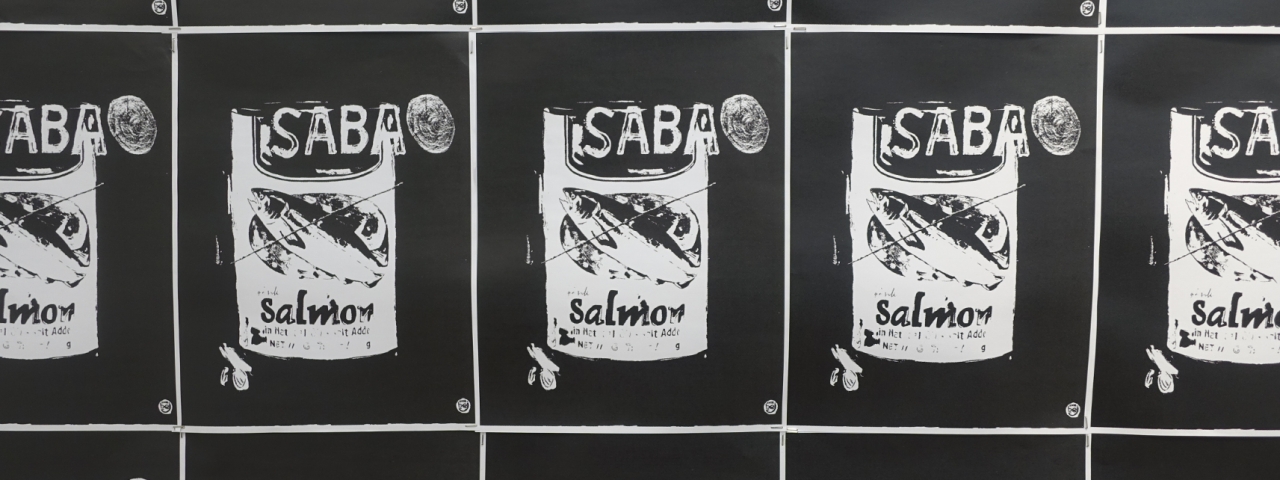Francis Bejar delves into the language of advertising (predominantly in print) where hidden meanings are embedded among images and texts, which subsequently cross their way into the psyche of the population. Taking the show’s title from a familiar idiomatic expression, “What are The Ads” magnifies how ideas correlate with chances as exemplified in advertising. Ultimately, success rates of advertisements depend on a combination of several factors that are often described as cunning and scheming (backed by commissioned and unreliable science and sociological studies). Still, the probability of a campaign to translate in terms of sales or consumption has remained at the mercy of the general public. Or does it?
Though, undeniably, advertising exists to be one of the most powerful agents of political and cultural influence, this somewhat reduces ideologies to tangible products. In the late 1920s, cigarettes were sold to women under a public relations campaign describing tobacco as “torches of freedom”, equating female liberation with the act of smoking. Overtly, the maneuver never translated to advocating women’s rights but functions only to suppose an illusion of freedom.
In this show, collages, mixed media, and lightboxes are turned into visual agencies of manipulation— charged with images with some from consumer culture and mass media that carry heavy recognition especially in the decades preceding the dominance of advertising in radio and television. Bejar then integrates familiar local products in works that resemble ad copies from the West and, in particular, from Andy Warhol’s Campbell’s Soup Cans — a work that questioned art’s limited access to the general public.
Bejar questions the impact of advertising in the choices that we make; how critical thinking can be hastily replaced by our subscription to an idea being sold to us (whether a product, a service, or politics). But do we even have a choice? Our biological footprints have been severely flooded with consumerism: from baby products to adult diapers. Nowadays, the electorate is swayed by intense ad placements across media platforms— posters bearing faces of the politicians on every wall. Those who have the power to sell themselves keep the status quo.
Advertising paved the way for a democratic mirage; the semiotics involved in peddling “change” as a brand, for example, without revealing what it actually entails. At the hem of it all, we will always be at the receiving end: waiting to elect among the products, people, and ideologies that have been pre-selected for us. Perhaps, the choice is really ours but what are the odds?
Gwen Bautista
October 2018




